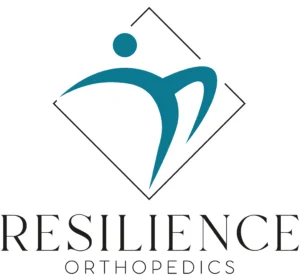Knee Surgery in Los Gatos, San Jose
Dr. Pamela Mehta, Knee Surgeon & Sports Injury Specialist
Dr. Pamela Mehta, Knee Surgeon & Sports Injury Specialist
Is knee pain still holding you back and limiting your mobility? Dr. Pamela Mehta is here to help you get back on track. As a knee surgeon in San Jose, she takes a personalized approach, exploring all options and recommending surgery only as a last resort.
If surgery is the best choice, Dr. Mehta uses minimally invasive techniques to speed up your recovery and help you return to the activities you love.
Don’t let knee pain hold you back any longer. Schedule a consultation with Dr. Mehta today to find the best solution for you!


About Dr. Pamela Mehta, MD
The Best Knee Surgeon in San Jose
Dr. Pamela Mehta is a leading knee surgeon in San Jose, where she runs her own practice, Resilience Orthopedics. With her expertise in knee arthroscopy, a minimally invasive procedure, she has helped many people overcome knee problems and return to their active lives.
As a trusted expert for knee surgery in San Jose, Dr. Mehta takes a patient-first approach. She listens carefully to understand the cause of your knee pain. Instead of rushing to surgery, she starts by exploring all non-surgical options like physical therapy. But if surgery becomes necessary, she uses advanced techniques to minimize scarring and speed up your recovery. This way, she helps you get back on your feet with strength and confidence.
About Dr. Pamela Mehta, MD
The Best Knee Doctor in San Jose
Dr. Pamela Mehta is the founder of Resilience Orthopedics and a trusted shoulder doctor in San Jose. As a board-certified orthopedic surgeon, she provides exceptional care that helps patients move freely and live pain-free.

Dr. Mehta cares for a wide variety of shoulder issues, from sports injuries to arthritis and beyond.
She was mentored by Dr. Louis Bigliani, a leader in the shoulder replacement surgery field, and she puts the most up-to-date surgical methods into practice for every patient.
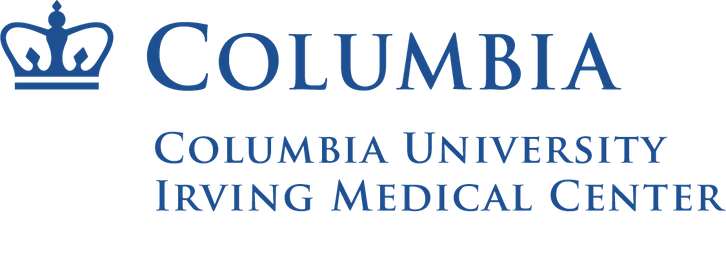

Knee Surgeries We Offer
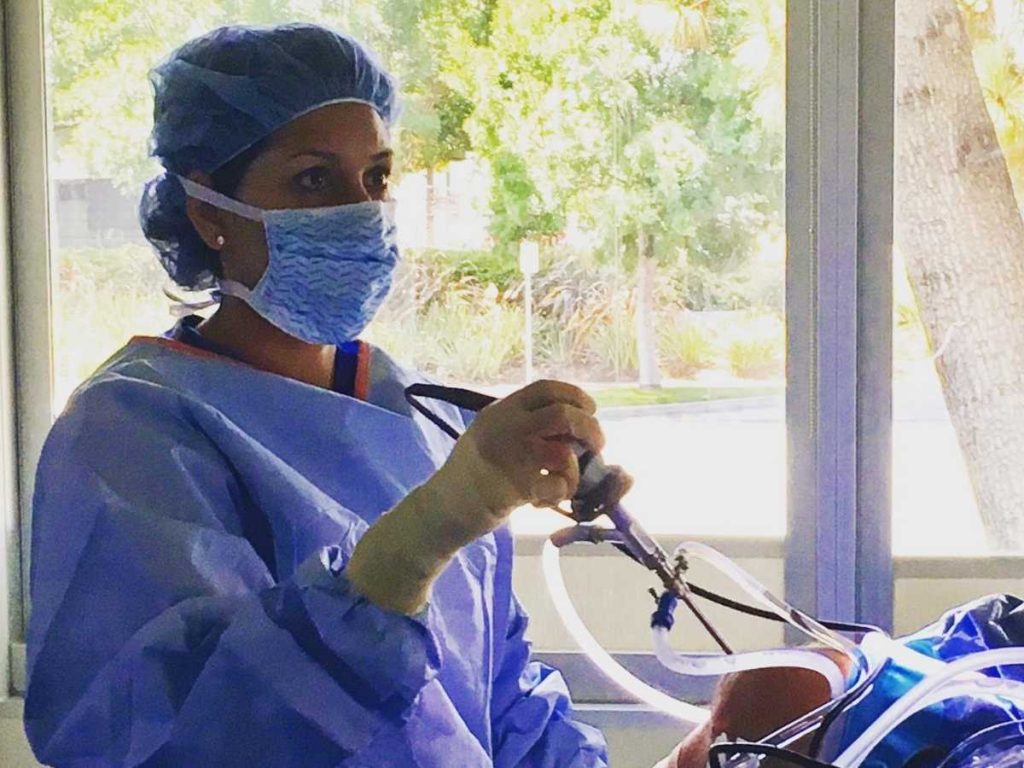
Knee Arthroscopy
If traditional treatments haven’t worked for your knee pain, Dr. Mehta may offer knee arthroscopy. This minimally invasive procedure helps you heal faster and get moving again.
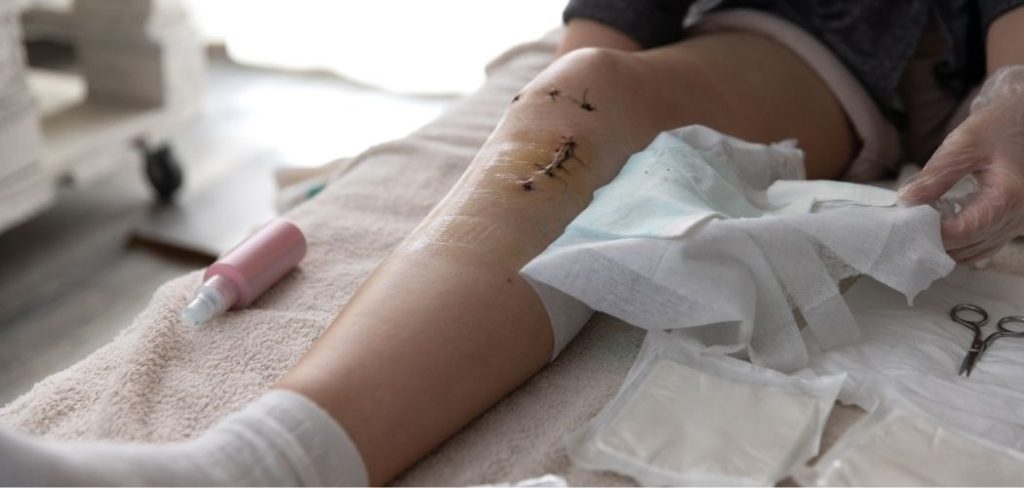
ACL & Ligament Surgery
If you’ve got an ACL tear, Dr. Mehta offers surgery to restore your knee’s strength and stability. She’ll also guide you through ACL surgery aftercare for a smooth recovery.
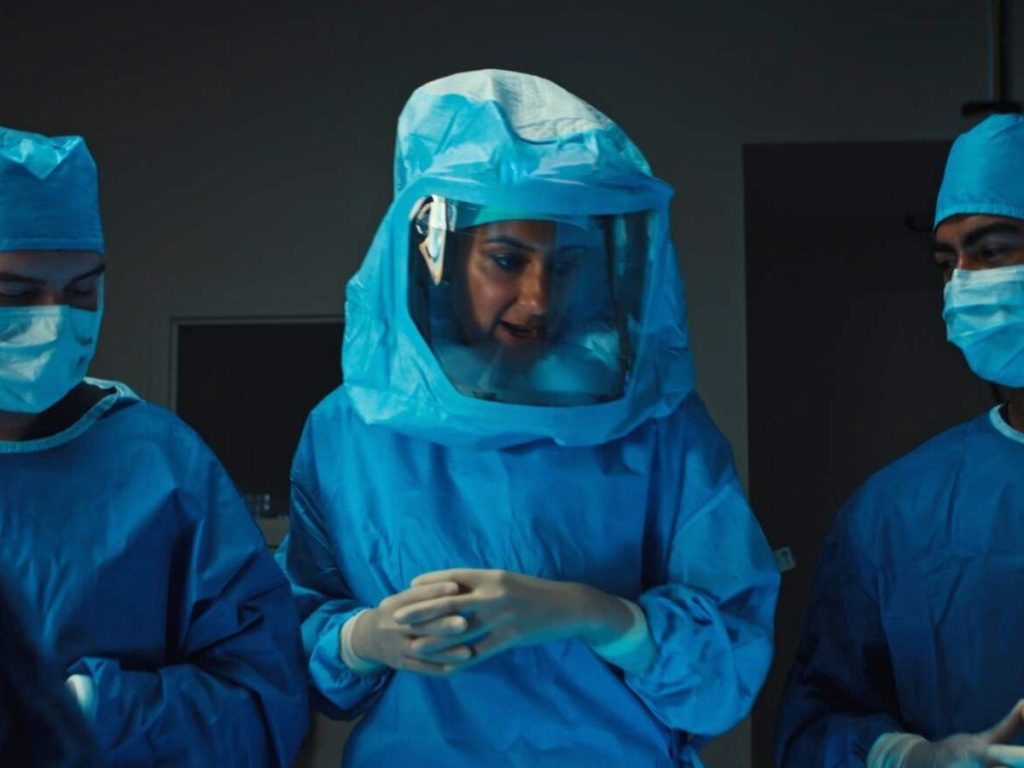
Knee Replacement Surgery
If knee pain from arthritis or injury is holding you back, knee replacement surgery may help. Dr. Mehta replaces the damaged parts with a prosthetic, so you can move pain-free again.
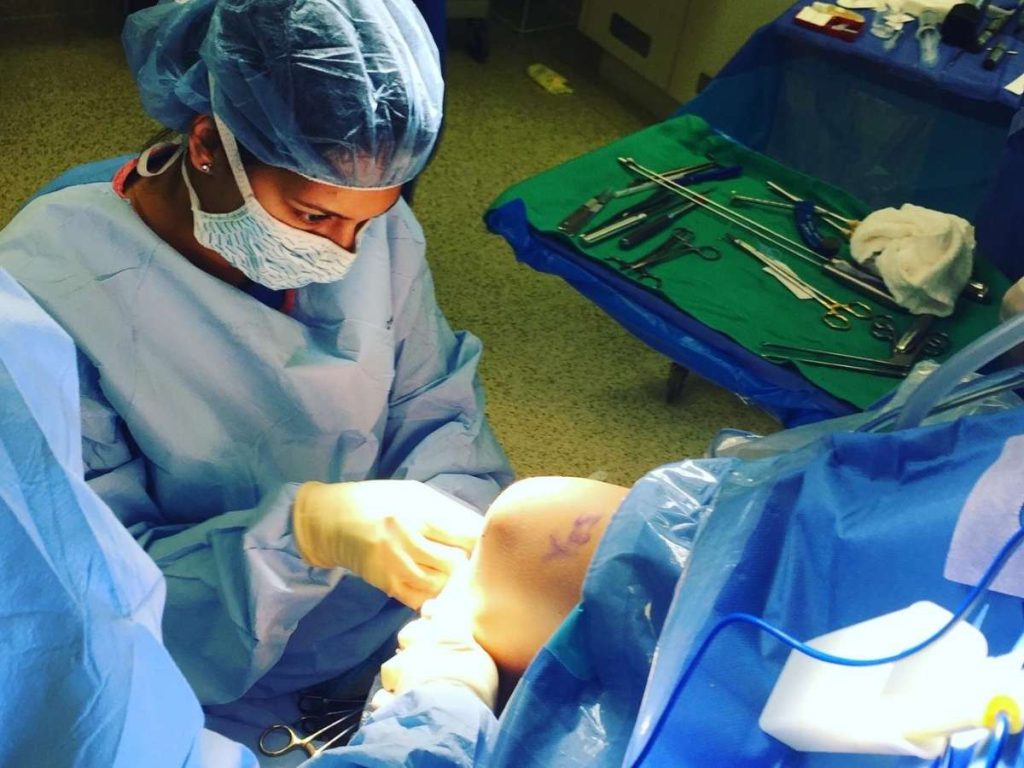
Meniscus Surgery
For meniscus tears, including radial meniscus tears, Dr. Mehta offers surgery to fix the tear. This surgery reduces pain and helps you move your knee more freely and comfortably.

Patellar Tendon Surgery
If you have a patellar tendon tear, Dr. Mehta may suggest patellar tendon surgery to repair the damage. The goal is to restore your knee’s strength and get you back to your activities.

Loose Body Removal
Why Resilience Orthopedics?
At Resilience Orthopedics, we make your knee surgery experience smooth and personalized. Unlike other practices, Dr. Mehta is with you at every visit, ensuring you’re always informed and supported.
Here’s what you can expect:
Swift diagnosis: Dr. Mehta uses MRI and other advanced imaging tools to find the source of your knee pain and will recommend surgery if needed.
Quick scheduling: Once you’re ready, we will schedule your surgery quickly so you don’t have to wait longer than necessary.
Personalized recovery plan: Dr. Mehta creates a custom recovery plan with 1:1 follow-ups and physical therapy to help you heal faster.
Ongoing 1:1 support. Dr. Mehta stays in touch with you through ongoing check-ins, making sure you regain full mobility and confidence.
Get in Touch
Testimonials



Step 1: Booking
Contact us online or by phone, and we’ll schedule your appointment at a time that works best for you.
Step 2: Consultation
Meet with Dr. Mehta, virtually or in person, to discuss your shoulder symptoms, history, concerns, and goals.
Step 3: Investigations
If necessary, Dr. Mehta may recommend imaging such as X-rays or MRIs to evaluate your shoulder’s condition.
Step 4: Treatment Plan
Work with Dr. Mehta to create a treatment plan tailored to your lifestyle and preferences.
How it Works
Step 1: Booking
Contact us online or by phone, and we’ll set up your appointment at a time that suits you best.
Step 3: Investigations
Dr. Mehta may recommend X-rays or MRI to check your knee’s condition and determine if surgery is needed.
Step 2: Consultation
Discuss your knee issues and explore possible treatment options with Dr. Mehta, in person or virtually.
Step 4: Treatment Plan
Work with Dr. Mehta to create a customized plan, whether it’s non-surgical options or knee surgery.
Knee Conditions Surgery Can Treat
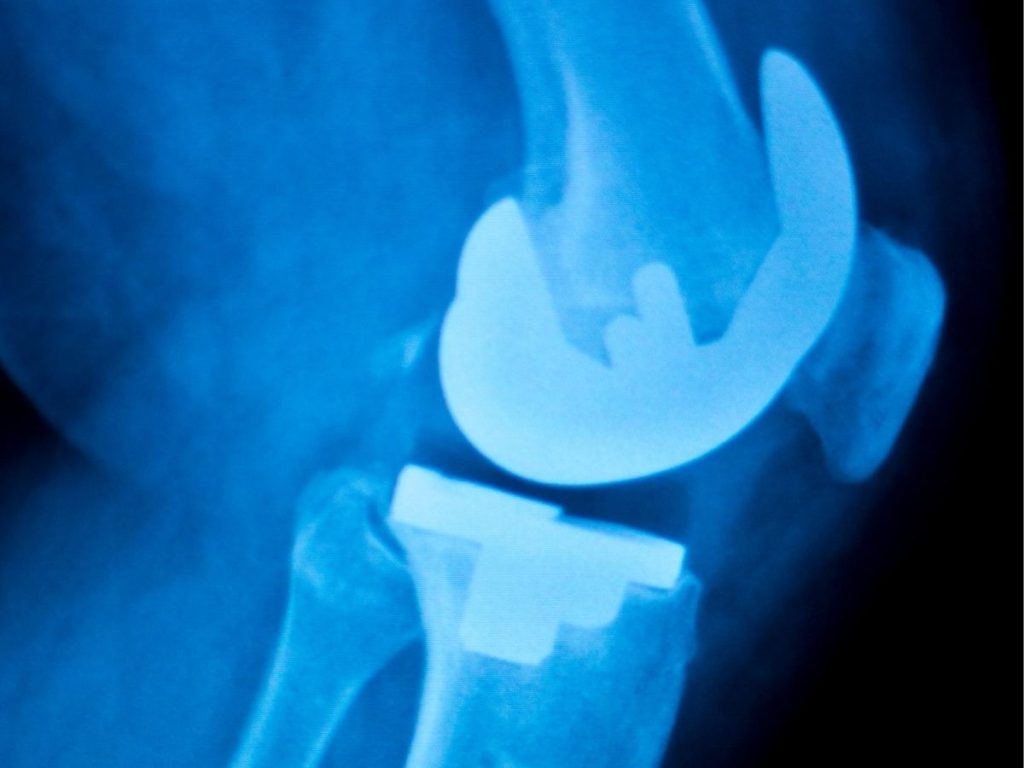
Sports Injuries
Did a game or workout leave you with knee pain? A strain, tear, or other injury could be holding you back.
Using advanced methods, Dr. Mehta treats sports injuries, whether they involve the ACL, MCL, or meniscus, getting you back to your favorite activities in no time.
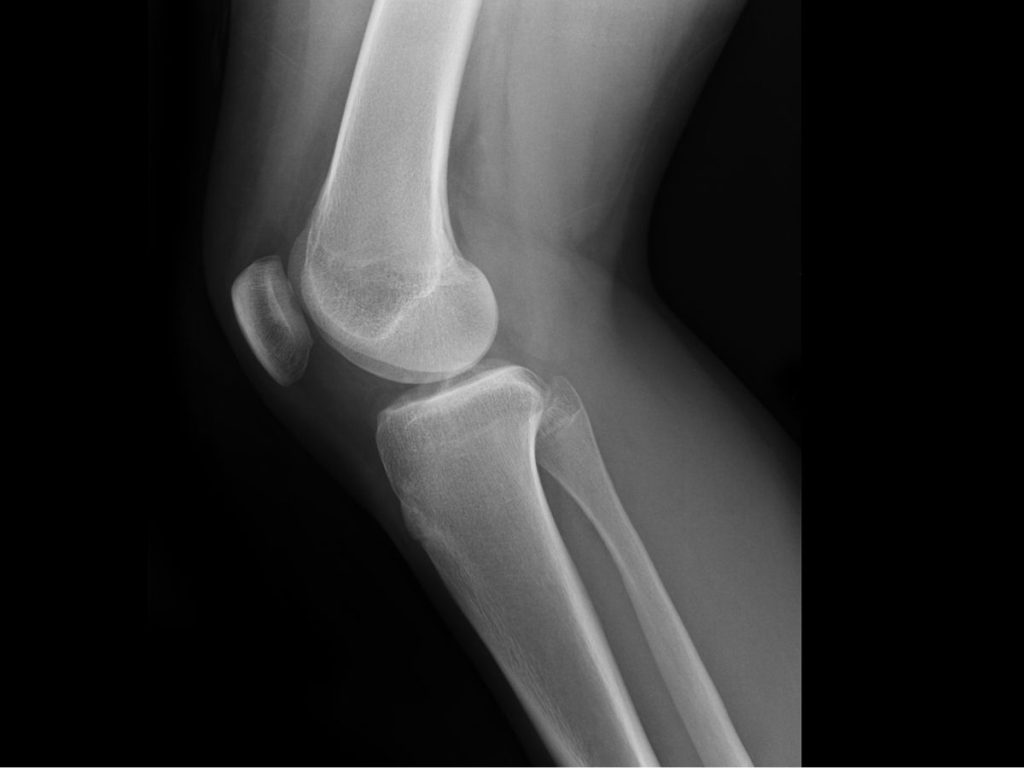
Knee Arthritis
If your knee feels stiff or painful when moving, it could be arthritis, often caused by wear and tear.
As a knee specialist, Dr. Mehta offers treatments, including knee replacement surgery, to ease pain, so you can move comfortably.

Ligament & Meniscus
Does your knee feel unstable or catch when you move? These are often signs of ligament or meniscus damage.

Patellar Problems
Are you feeling pain around your kneecap? It could be patellar tendonitis or dislocation.
Dr. Mehta may recommend patellar tendonitis exercises or surgery to repair the patella or tendon, reducing pain and improving knee movement.
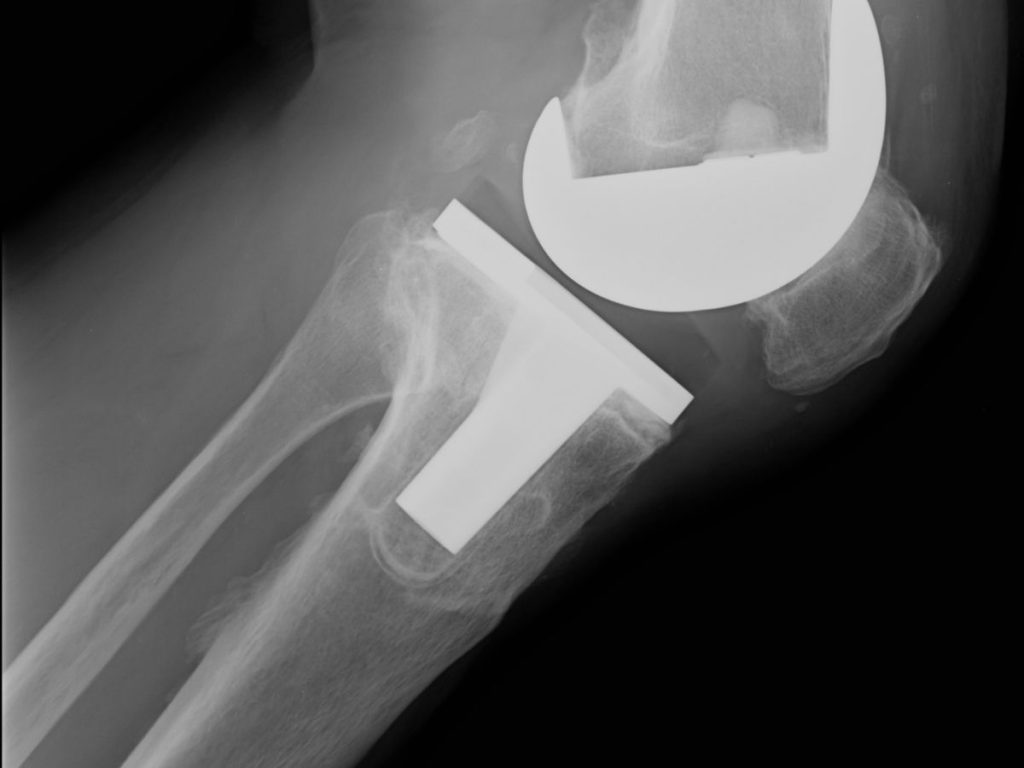
Say goodbye to your knee problems. Contact Dr. Mehta now to discuss your surgery options and get on the road to recovery!
Ready to Recover?
Get back on track by calling Dr. Mehta today. We’re ready when you are!
